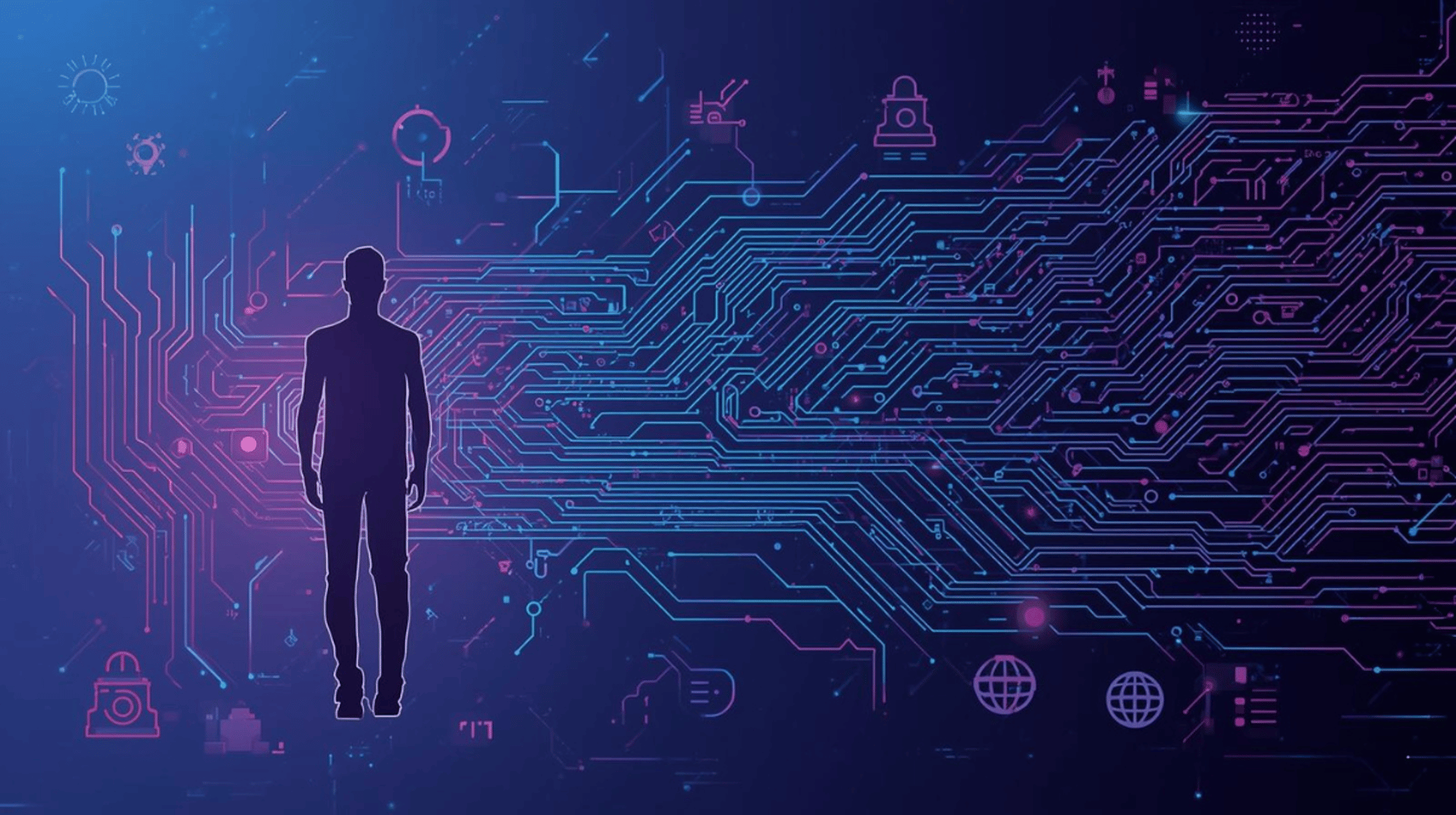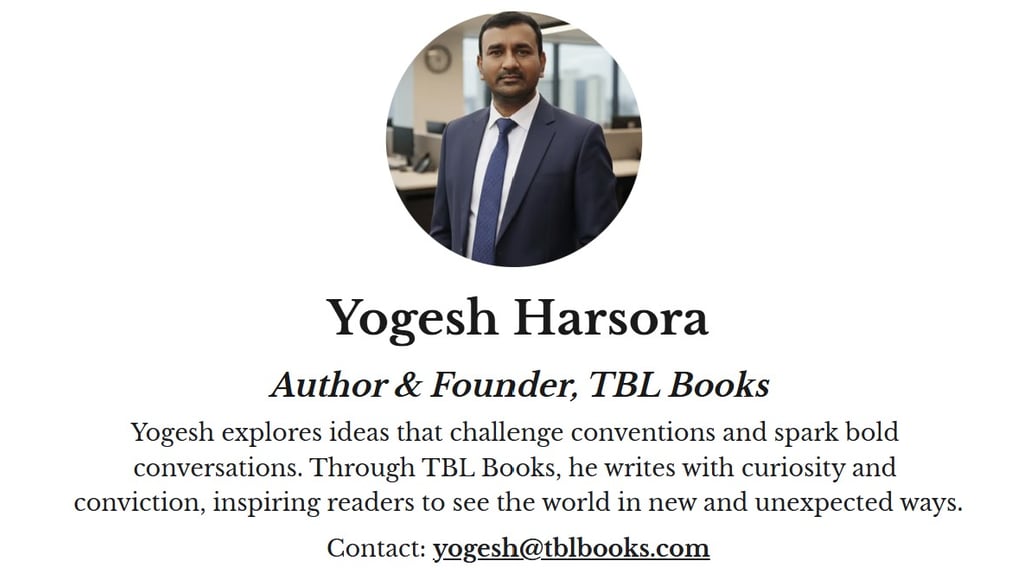AI at the Crossroads: Innovation, Ethics, and the Human Future
Explore how AI is reshaping work, creativity, and ethics. From breakthroughs to risks, discover what artificial intelligence means for humanity’s future.
AI

AI at the Crossroads: Innovation, Ethics, and the Human Future
The year 2025 finds us standing at one of the most consequential intersections in human history. Artificial intelligence, once confined to the realm of science fiction, now permeates every corner of our digital lives. From the algorithms that curate our social media feeds to the AI assistants helping doctors diagnose diseases, we're witnessing a technological revolution that rivals the invention of the printing press or the steam engine.
Yet unlike previous technological leaps, AI presents us with a uniquely complex challenge. It's not just changing what we can do—it's forcing us to confront fundamental questions about what it means to be human, how we structure society, and what kind of future we want to build. We stand at a crossroads where the paths forward diverge dramatically, and the choices we make today will echo through generations.
The Innovation Engine: AI Transforming Industries
The current wave of AI innovation reads like a catalog of human ambition realized. In healthcare, machine learning algorithms can now detect certain cancers more accurately than radiologists with decades of experience. Companies like DeepMind have developed AI systems that can predict protein structures, potentially accelerating drug discovery by years or even decades.
In finance, AI-powered trading algorithms execute millions of transactions per second, while fraud detection systems protect billions of dollars from cybercriminals. Agricultural drones equipped with computer vision help farmers optimize crop yields while reducing pesticide use, addressing both food security and environmental concerns.
Perhaps most visibly, generative AI has exploded into public consciousness. Large language models can write code, compose poetry, and engage in sophisticated conversations. AI image generators create artwork that would have taken human artists days to complete in mere seconds. These tools have democratized creativity and productivity in ways we're only beginning to understand.
The speed of this transformation is breathtaking. What took the internet decades to achieve, AI is accomplishing in years. Yet this acceleration also raises uncomfortable questions: Are we moving too fast? Are we prepared for the consequences of such rapid change?
The Creative Paradox: AI and Human Originality
One of the most fascinating—and contentious—frontiers in AI development lies in creativity. When an AI system generates a painting that moves viewers to tears or composes music that tops the charts, what does that mean for human artistic expression?
Critics argue that AI creativity is merely sophisticated mimicry, combining and recombining existing works without true understanding or inspiration. They point out that AI systems are trained on vast databases of human-created content, essentially learning to predict what comes next based on patterns in our collective creative output.
But supporters counter that human creativity itself builds on what came before. Shakespeare drew from earlier stories and myths. Jazz musicians improvise within established structures. The difference between human and artificial creativity may be one of degree rather than kind.
What's undeniable is that AI is already changing how we create. Musicians collaborate with AI to explore new soundscapes. Writers use language models to overcome writer's block or generate new ideas. Visual artists employ AI tools to push the boundaries of their imagination. Rather than replacing human creativity, AI might be expanding it—giving us new instruments to play and new canvases to paint upon.
The Ethical Minefield: Navigating AI's Dark Side
Innovation without ethics is a dangerous game, and AI presents ethical challenges that are both urgent and complex. Bias in AI systems can perpetuate or amplify existing social inequalities. A hiring algorithm trained on historical data might discriminate against women or minorities. A facial recognition system might work poorly on people with darker skin tones, leading to false identifications with serious legal consequences.
The question of accountability looms large. When an autonomous vehicle causes an accident, who bears responsibility—the manufacturer, the programmer, the owner, or the AI itself? As AI systems become more sophisticated and autonomous, traditional notions of liability and responsibility become increasingly murky.
Perhaps even more concerning is AI's potential to undermine truth itself. Deepfake technology can create convincing videos of people saying or doing things they never did. AI-generated text can spread misinformation at unprecedented scale and sophistication. In an era where trust in institutions is already fragile, AI threatens to shatter our shared sense of reality.
Governments and organizations worldwide are scrambling to develop regulatory frameworks, but the technology is evolving faster than policy can keep pace. The European Union's AI Act represents one of the most comprehensive attempts at regulation, but questions remain about enforcement and effectiveness across borders.
The Future of Work: Automation's Promise and Peril
The workplace transformation driven by AI presents both opportunity and anxiety. On one hand, AI can eliminate tedious, repetitive tasks, freeing humans to focus on more creative and meaningful work. It can augment human capabilities, making us more productive and effective.
On the other hand, the specter of mass unemployment haunts discussions about AI's impact on work. If machines can perform cognitive tasks as well as—or better than—humans, what jobs remain safe? The answer isn't straightforward, as history suggests that technological revolutions often create new types of work even as they eliminate others.
The key challenge isn't just technological but social: How do we manage the transition? How do we retrain workers whose skills become obsolete? How do we ensure that the benefits of AI-driven productivity gains are shared broadly rather than concentrated among a few?
Some propose solutions like universal basic income or massive retraining programs. Others argue for policies that encourage human-AI collaboration rather than replacement. What's clear is that the future of work won't be determined by technology alone but by the social and economic structures we build around it.
AI and Society: Democracy in the Digital Age
AI's impact extends far beyond individual industries or jobs—it's reshaping the very fabric of society. Social media algorithms influence what information billions of people see, potentially affecting political opinions and democratic processes. AI-powered surveillance systems enable unprecedented monitoring of citizens, raising questions about privacy and authoritarian control.
The concentration of AI capabilities in the hands of a few large technology companies creates new forms of power and influence. When a handful of organizations control the most advanced AI systems, they effectively control who has access to these transformative tools and how they're used.
Meanwhile, authoritarian governments are using AI to enhance social control, from China's social credit system to surveillance technologies that can track and identify individuals in crowds. The same technologies that promise to solve complex problems also enable new forms of oppression.
Democratic societies face a particular challenge: How do we harness AI's benefits while preserving the values of freedom, privacy, and human dignity that define our way of life? The answer requires not just technical solutions but political ones—institutions, regulations, and social norms that ensure AI serves humanity rather than the other way around.
Humanity at the Crossroads: Our Collective Responsibility
As we stand at this technological crossroads, the path forward isn't predetermined. The future of AI—and its impact on humanity—will be shaped by the choices we make today. These aren't just technical choices but fundamentally human ones, reflecting our values, priorities, and vision for the future.
We must resist both uncritical AI boosterism and paralyzing technophobia. Instead, we need nuanced thinking that recognizes both AI's tremendous potential and its serious risks. This requires unprecedented cooperation between technologists, policymakers, ethicists, and citizens.
The governance of AI cannot be left to technologists alone, nor can it be effective without technical understanding. We need new models of collaboration that bring together diverse perspectives and ensure that AI development serves the broader public interest.
Perhaps most importantly, we must remember that AI is not inevitable destiny but human creation. Every algorithm reflects the choices of its creators. Every dataset embodies particular perspectives and biases. Every application serves specific goals and interests. These are human choices, and we can make different ones.
Charting Our Course Forward
The crossroads we face is not just about technology—it's about what kind of species we want to be and what kind of world we want to inhabit. AI offers us tools of unprecedented power, but tools alone don't determine outcomes. The hammer can build houses or destroy them; the difference lies in the hand that wields it and the intention behind the action.
The future of AI will be written by all of us, through countless individual decisions and collective actions. It will be shaped by the regulations we enact, the companies we support, the technologies we embrace or reject, and the values we choose to embed in our digital creations.
As we navigate this crossroads, we must remember that the ultimate question isn't what AI can do for us, but what we choose to do with AI. The answer to that question will define not just the next chapter of technological progress, but the next chapter of human civilization itself. The choice, as always, remains ours.



